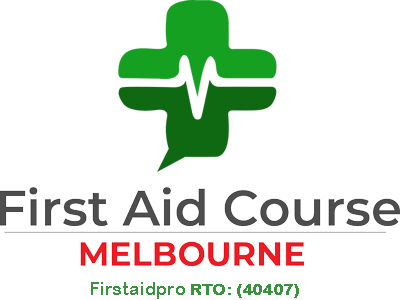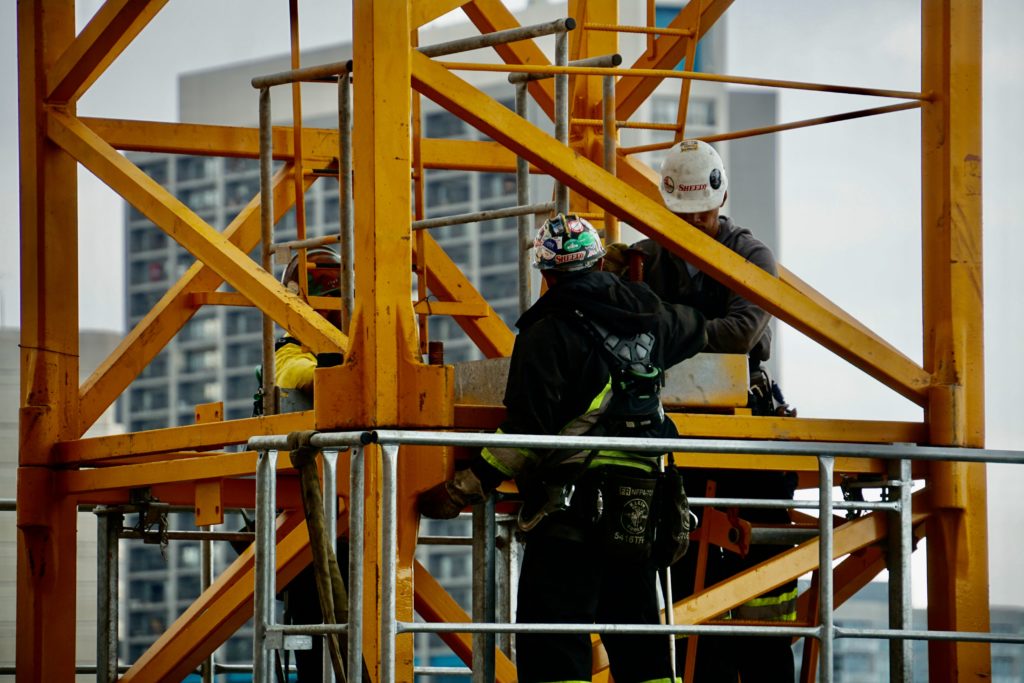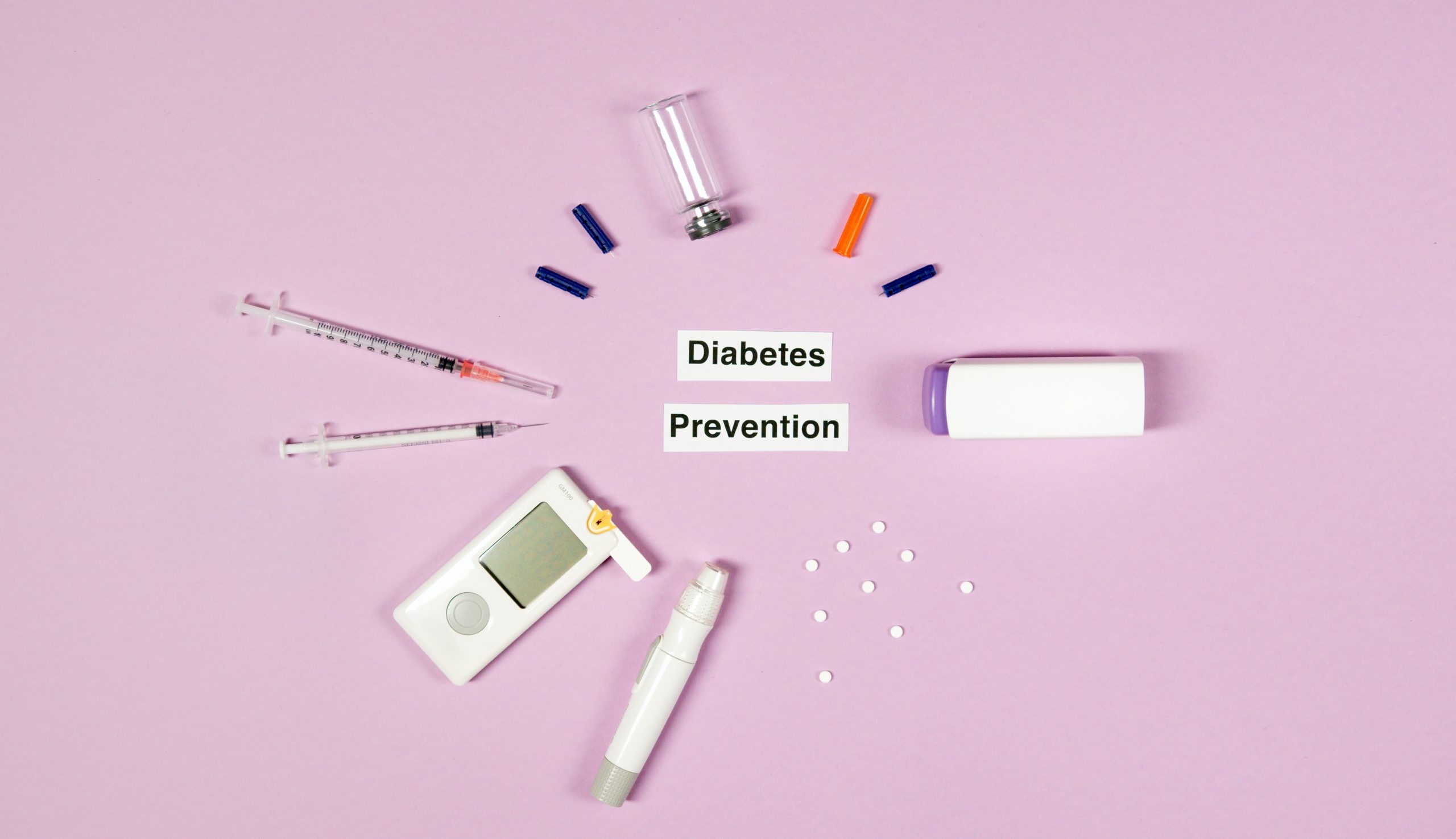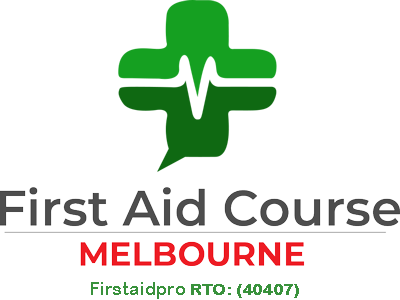Working at height means dangers are everywhere. One wrong step or forgetting to use a suspension trauma safety trap may cause you to dangle several metres above the ground. If you are lucky, you will be saved from the fall. However, a safe rescue is necessary to decrease the risk that can occur after a suspension trauma.
What is Suspension Trauma?
A suspension trauma occurs when a worker experiences a fall in a suspended harness with their legs hanging. At this point, the arteries found near the frontal legs will continue to pump blood. While the harness will act as a tourniquet on the back part of the legs. This will prevent the used or deoxygenated blood of the person from returning to the heart. If the circulation is blocked, the heart rate will slow down. Slowing down the heart will eventually reduce the flow of oxygen to the brain.
Even under the ideal circumstances and with a rescue plan in place, suspension trauma must be treated as an emergency. It can be fatal within 30 minutes after the fall.
Symptoms of Suspension Trauma
The symptoms of suspension trauma can be broken down into different phases. After a fall and the bodyweight being suspended in the harness, early signs may appear in a matter of minutes.
To monitor the person’s status during the rescue process, keep an eye out for the following symptoms:
- Cold, clammy skin
- Shallow, rapid breathing
- Weak pulse
- Dizziness/lightheadedness
- plummet in their blood pressure and pulse strength
- loss of consciousness
Once the person has lost consciousness, prompt rescue is important to increase the chances of survival. For best outcomes, an unconscious person needs to be revived fifteen minutes after falling on his harness.
If the brain does not receive enough oxygen, there is a higher chance of experiencing brain damage after five minutes. After ten minutes, the person is likely to suffer from organ system failure and become brain dead.
Once the worker has lost consciousness, prompt rescue is imperative to increase their chances of survival.
For best results, an unconscious worker needs to be rescued within five minutes. If they remain unconscious and their brain is not receiving enough oxygen, they will have a higher chance of experiencing brain damage after five minutes without oxygen. After 10 minutes, the brain is likely to suffer severe damage in addition to organ system failure. At this point, the person is a very high risk of death by suffocation.
First Aid Treatment for Suspension Trauma
Proper treatment following a suspension trauma should be administered as quickly as possible. This is to reduce the risk of permanent damage caused by loss of consciousness.
Suspension trauma victims should receive the same first aid treatment as any other kind of traumatic injury. These include the following steps:
- Assessing the situation and ensuring you are not putting yourself or anyone else at risk
- If the person in suspension is conscious, talk while keeping them calm. Try to determine their current condition through questioning.
- Monitor the person for any signs of suspension trauma during their hang time in the harness. Alert emergency services immediately.
- Try to get the suspension trauma victim to the ground. Ensure that all rescue efforts are performed safely, and the rescuers are not at risk of falling themselves.
- Once the person is successfully rescued, place them in a supine pr W-position. The Australian Resuscitation Council and the HSE UK support this suggestion. According to them, there is no solid evidence in claims that the person who suffers from suspension trauma be kept in a seated position for about 30 minutes post-rescue.
- If you suspect the person sustained a back injury, use a KED board for stabilisation.
- Ensure that the rescued person will receive standard trauma resuscitation or advanced CPR.
- The use of harness fall protection can help reduce the effect of trauma straps.
Take away
Rescuing a worker from suspension trauma can be nerve-racking. But with proper training, you will know how to remain calm and remember what to do. Learn how to respond to suspension trauma and enrol with First Aid Course Melbourne.








